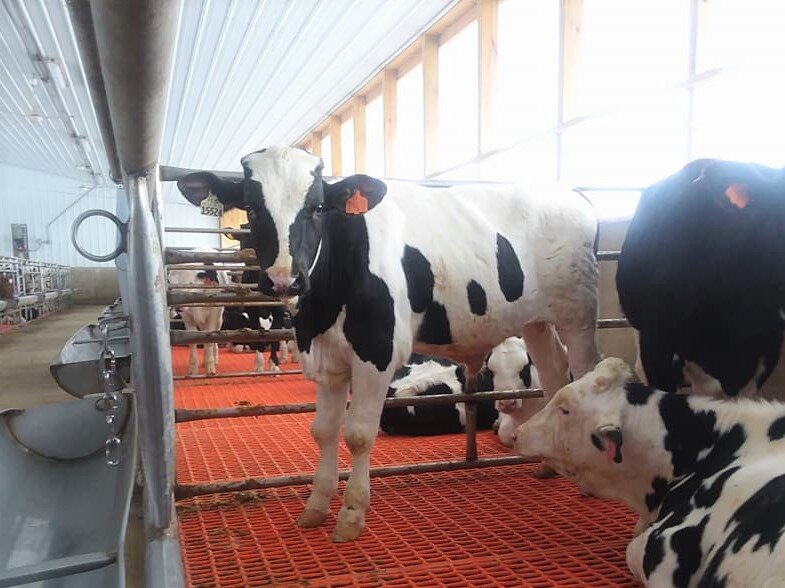While veal might not be as common on the dinner table as other meats – a new study sheds light on strides veal farmers are making when it comes to sustainability.
As reported in Lancaster Farming, a 2025 study shows that veal has a smaller environmental footprint than beef and is on par with pork and chicken in terms of greenhouse gas emissions. This first-of-its-kind life cycle assessment (LCA) from the American Veal Association marks a major milestone in transparency – giving consumers real data about how veal is produced today.
With continued improvements in animal care and sustainability practices, veal farmers are focused on doing what’s right for animals, people and the planet.
We encourage you to learn more in the full article about the LCA and what it means for the future of veal.





